PROTECT YOUR DNA WITH QUANTUM TECHNOLOGY
Orgo-Life the new way to the future Advertising by AdpathwayLance Richardson began his biography of Peter Matthiessen in 2017, at one point following Matthiessen’s 1973 Himalayan trek in pursuit of enlightenment in The Snow Leopard, as well as conducting more that 200 interviews to establish and untangle Matthiessen’s importance as a singular figure in American Letters.
Article continues after advertisement
As a writer Matthiessen wanted to be thought of as a novelist first, although his Wildlife in America (1959) was the prototype of modern environmental journalism, and his advocacy journalism (first with Cesar Chavez and the United Farm Workers, and later with Native Americans) added up to hundreds of thousands of words that introduced new readers to struggles that previously received little if any media coverage. Richardson sorts out all of that, and sharpens the literary angles, but the triumph of True Nature is his understanding of Matthiessen as a man literally running wild over a very long and complicated life, a man of myriad contradictions and, tellingly, a serial philanderer.
*
Terry McDonell: You give us Peter as a hero on many levels, but you also show how he inflicted great pain on his family, especially the women he loved.
Lance Richardson: I started the project from a place of huge admiration for Matthiessen’s work. But I can’t stand hagiography and had no intention of writing one. I knew Matthiessen was a complicated man, and I wanted to capture that complexity by just telling the truth of whatever I found. Sometimes that truth was heroic—his tireless advocacy for Leonard Peltier, or in defense of the Arctic National Wildlife Refuge—and sometimes the truth was less flattering. His treatment of his family, and particularly his three wives, was certainly the hardest part to handle.
Article continues after advertisement
But there were letters in the archive, and I conducted many interviews. I decided early on that I would just let the wives and children speak for themselves. I got out of the way. So while there is a lot of difficult stuff in the book, what makes it palatable, I hope, is that most of it comes from a place of love for this man rather than from me passing judgment.
TM: What was your relationship with the Matthiessen family when you started your research, and what is it now?
LR: I had met Alex Matthiessen, Peter’s son, at a party in New York. I remember blabbering at him, like an idiot, that he was the little boy in The Snow Leopard. How amazing! So he knew who I was. And then when I started to think seriously about taking the project on, I drove out to Sag Harbor and had tea with Maria, Peter’s widow, a formidable woman I found both enchanting and terrifying. I suppose I made a good enough impression, because Maria gave me her blessing that day—but she also said that she wanted nothing to do with my book.
But as his biographer, I was interested in the instances of disconnect or hypocrisy, when he said one thing and then seemed to do another.
TM: That must have surprised you.
LR: She was not about to dissect her marriage with a stranger, which is understandable. It took another three or four years before she changed her mind, years during which I would occasionally visit to leaf through the family albums and update her on my sleuthing. I became close with all the Matthiessens by the end. I’m still astonished by how much they encouraged me not to pull my punches. I have enormous respect and affection for the family.
Article continues after advertisement
TM: Did you come across instances of Peter’s behavior that shocked you originally?
LR: There is a line in The Snow Leopard where Matthiessen admits that he “behaved badly” with respect to his second wife, Deborah Love. That phrase is a black hole, and I was surprised by how deep it went when I started probing. But shocked? I found the bigfoot stuff more shocking. It shocked me that a seemingly sensible man had become obsessed with this unverified creature to the point where he skipped his own National Book Award ceremony in favor of driving through the Utah desert with an FBI fugitive in pursuit of leads.
TM: I get the feeling you’re interested in Moral Ambiguity, especially the complexities of right and wrong that Peter seems to skate over throughout his life. How blurred were his lines?
LR: I think Matthiessen would have insisted that his lines were not blurred at all. He staked a position as righteous—that Leonard Peltier deserved a new trial for supposedly murdering two FBI agents; that “aboriginal subsistence whaling” was acceptable—and defended it fiercely, sometimes even recklessly. But as his biographer, I was interested in the instances of disconnect or hypocrisy, when he said one thing and then seemed to do another. He was a skilled compartmentalizer. He could hold two contradictory positions at the same time. How, as a Zen roshi, did he offer Dharma talks about Right Action to his students, and then turn around and act so cruelly toward his wife? That was fascinating to me. As was Matthiessen’s self-awareness about his own moral failings. He knew he was a mess. He yearned “to simplify”—his mantra.
TM: You’re Australian, so Peter’s privileged WASP background must have been unfamiliar territory.
Article continues after advertisement
LR: I grew up in a small rural town in Australia. Matthiessen’s blue-blood background of Fishers Island country clubs was about as foreign to me as the lifeworld of the Hubula in West Papua, whom he wrote about in Under the Mountain Wall. But I approached the WASPs as I do any unfamiliar group: by reading everything I could find and talking to people as much as possible. I suppose it was a bit like ethnography. I remember Maria (herself a non-WASP outsider) once told me that Peter was appalled at the price of milk. “Was he cheap?” I asked her. “He was frugal,” Maria said. The distinction felt important. A WASP is frugal, not cheap. I wrote it down in my notebook.
TM: Within Peter’s oeuvre, how important was The Snow Leopard?
LR: Matthiessen thought it was overrated, because he saw himself as a novelist who only moonlighted as a nonfiction writer to earn a living. The Snow Leopard was a lesser achievement, in his mind, than a novel like Far Tortuga. But I think he was wrong about that. The Snow Leopard endures as his most popular work because it is an astonishingly beautiful book, full of perfectly wrought sentences and startling insights. It’s also Matthiessen’s “Key to All Mythologies”—the text that assembles his preoccupations and obsessions into a unified whole. I don’t think you can really understand him without it.
TM: You examine Peter’s connections between psychedelics and Zen Buddhism through a lens of Native American spirituality and legend.
I tried to meet him on his own terms, without judgment.
LR: His interest in Zen and psychedelics and Native American spirituality was all the same interest. Without getting too mystical, Matthiessen was trying to understand something about the universe, and about himself, and he treated these things as “ways of seeing.” He did LSD for a few years, then concluded psychedelics were not offering a pure vision. So he turned to Zen practice—still quite new in America—with its concepts of kensho or satori, flashes of enlightenment. It was a bit like changing the lens in a camera. When an opportunity arose to try Native American spirituality, he plugged that lens in too, with more mixed results. He was always trying to see.
Article continues after advertisement
TM: It is a surprise to learn that Peter’s strongest work of social justice began rather whimsically, with inquiries about Bigfoot or The Big Man.
LR: It certainly is. But the whimsy gave way pretty quickly. He became deadly serious about bigfoot, the Big Man, That-One-You-Are-Speaking-About—there are many names recorded in the boxes of his archive. One of the challenges for me as biographer was not to trivalize this obsession, not to mock it in any way. Bigfoot has become a meme, as we might say today, but it was different time, and Matthiessen only occasionally cracked a smile about it himself. I tried to meet him on his own terms, without judgment. I wanted to show how he waded through this contentious subject, step by sober step, and where it ultimately took him: In the Spirit of Crazy Horse.
TM: This is new scholarship, no?
LR: I think most readers of The Snow Leopard will recall the pages devoted to the yeti. There is more about the yeti in Matthiessen’s East of Lo Monthang, and scattered references to bigfoot in Crazy Horse and Indian Country. He never concealed his interest in cryptids, but nor did he fully explore it in a published book. I think what is new scholarship is the exposed connections, how the bigfoot fixation actually links together the seemingly disparate projects of his later years. How, for instance, The Snow Leopard might have led to Killing Mister Watson.
Those books are wildly different in subject and tone, but there are subterranean threads, a mycorrhizal network of associations. I tried to trace those associations, a task made easier by the hundreds of pages of an unpublished bigfoot project that Matthiessen left behind in his archive. Not even Maria knew about that one. It is wild.
I got stuck twice on this biography. The first time was page one of chapter one.
TM: Your book is a biography, but it is also an intellectual social history of the last 100 years.
LR: I read biographies to understand not just a person but their time, and I think any biography worth its weight doubles as an intellectual social history. I read widely about Hawaii during WWII, the CIA, Patrice Lumumba, the modern environmental movement, but I tried to embed the contextual material in Peter’s lived experience. Ideally, you are not even aware of the social history while you’re turning the pages about his life. Nobody wants a lecture.
TM: In terms of your work as a biographer, do you ever get stuck? Any tricks? Are there any particular arts and crafts unique to biography?
LR: I got stuck twice on this biography. The first time was page one of chapter one. How to even begin? It was during the pandemic, and I recall pacing my apartment, panicked because it obviously wasn’t working. Now I tell my writing students to picture a locked house. You are planning to break in. If you try the front door and can’t jimmy it open, you can keep throwing yourself at the lock—or you can look around for a less obvious entry point. I remember abandoning my paragraph about Peter’s earliest memory and writing about his unusual office space instead. Here was an open window: suddenly I found myself inside the house. The pages filled up.
The other time I got stuck was on the very long chapter about Leonard Peltier, In the Spirit of Crazy Horse, and the two libel suits (adding up to more than $49 million) that Matthiessen got slapped with after publication of that incendiary book. The material was sensitive, labyrinthine, and mountainous in scope. Matthiessen’s depositions alone ran to more than a thousand pages. I was overwhelmed and sunk into depression about it.
What saved me was a residency at Yaddo—the supportive community of writers I found there—and a lawyer in Rapid City named Jim Leach, who had worked with the Wounded Knee Legal Defense/Offense Committee back in the 1970s, defending members of the American Indian Movement. Jim talked me through the legal complexities of both Peltier’s case and the libel suits. He later inspected multiple drafts of my chapter too. Writing is a lonely pursuit. Sometimes talking to somebody about the work can stop you from going crazy.
TM: Also as a biographer, what are the most impressive recent biographies? All-time favorites?
LR: Last year I was very taken with The Scapegoat by Lucy Hughes-Hallett. I have no particular interest in the Duke of Buckingham, but Hughes-Hallett is such a good writer that I devoured all 600+ pages in just a few days. When it comes to all-timers, I have an inspiration shelf near my writing desk. Among other books it includes The Invention of Nature by Andrea Wulf; Isak Dinesen by Judith Thurman; Patrick White by David Marr, a fellow Australian; and The Dawn Watch by Maya Jasanoff, about Joseph Conrad. Jasanoff retraced some of Conrad’s epic journeys, which inspired me to redo the expedition Matthiessen describes in The Snow Leopard.
TM: One last question about Peter; do you think you would have been friends had you ever met?
LR: I suspect he would have seen me more as a student or mentee than a friend; there is a 57-year age gap between us. But I like to think we would have at least been friendly. I’m still a huge admirer of his work. I think his achievements were monumental and underappreciated. As for the other stuff—he struggled with his suffering, and in doing so inflicted suffering on others. I can understand that without excusing it. People are complicated.
__________________________________
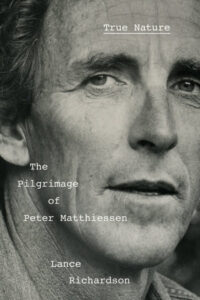
True Nature: The Pilgrimage of Peter Matthiessen by Lance Richardson is available from Pantheon. Terry McDonell recently reviewed True Nature for ALTA.



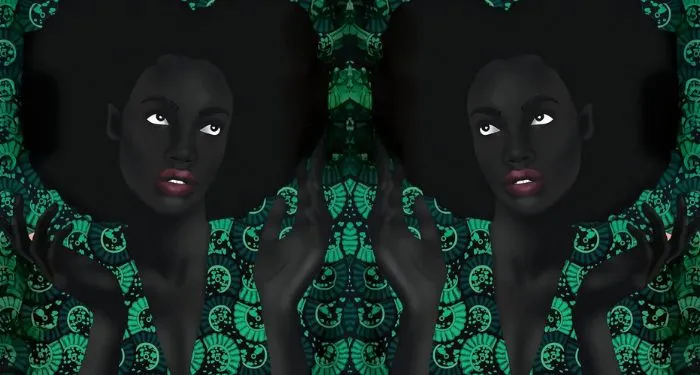
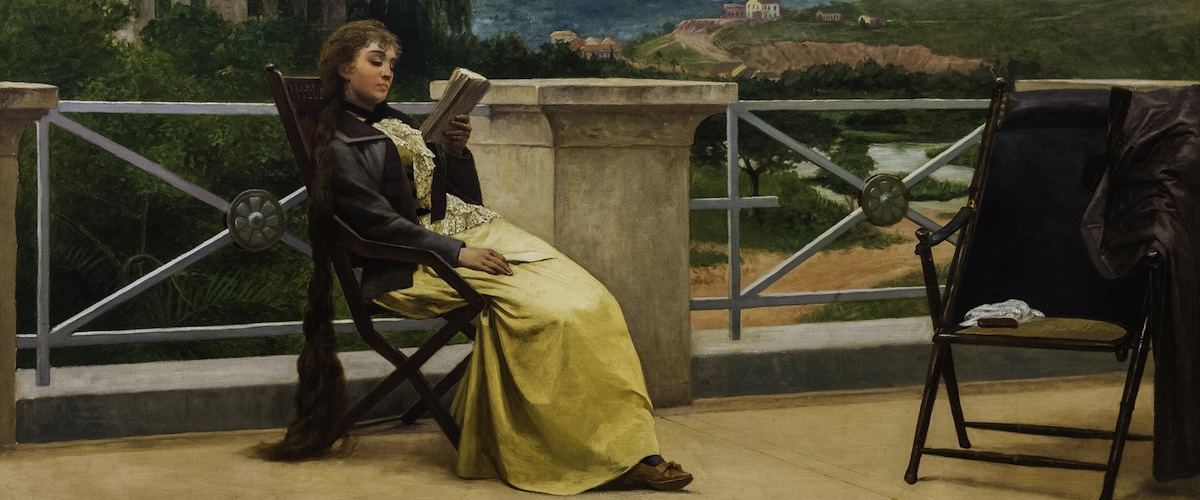
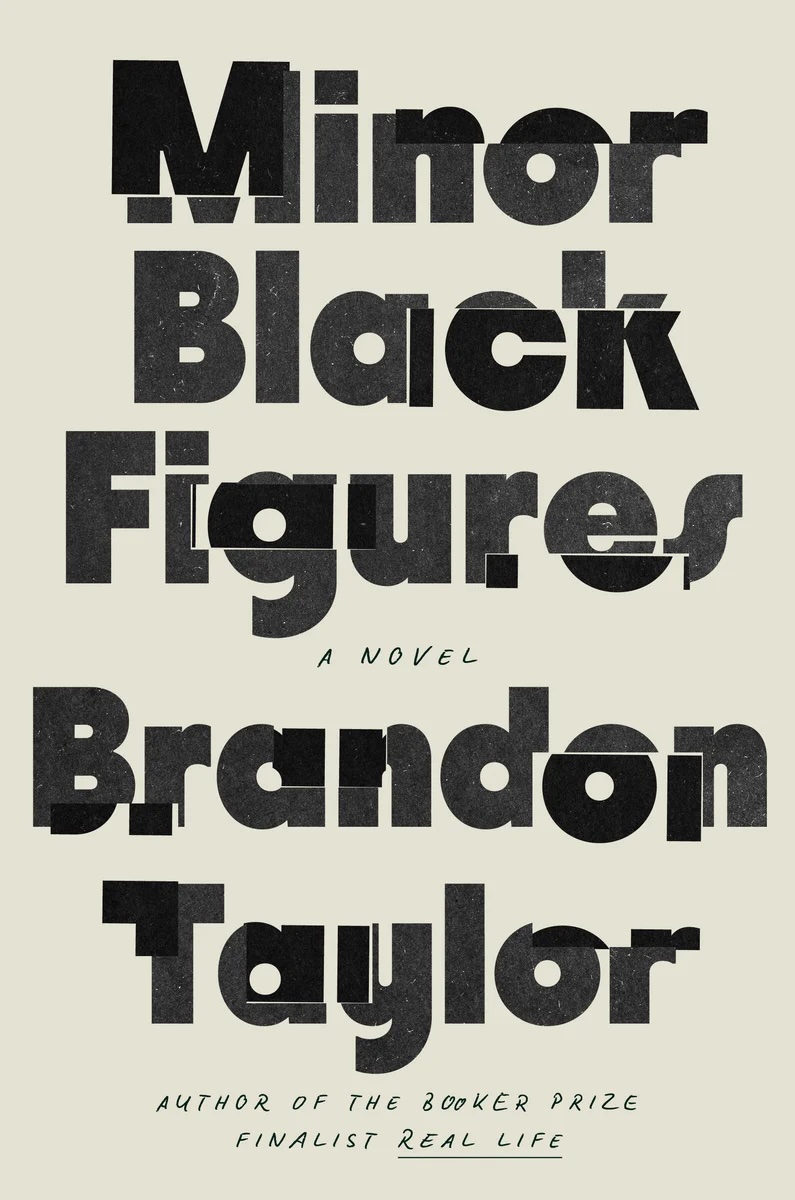
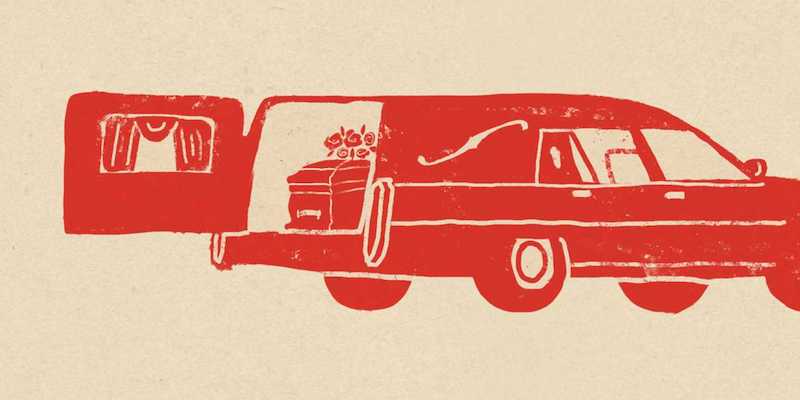


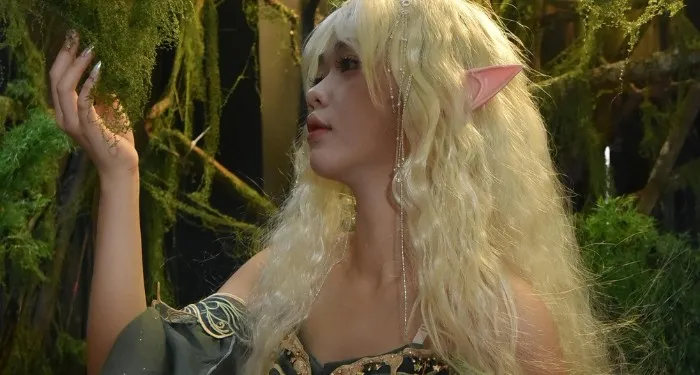






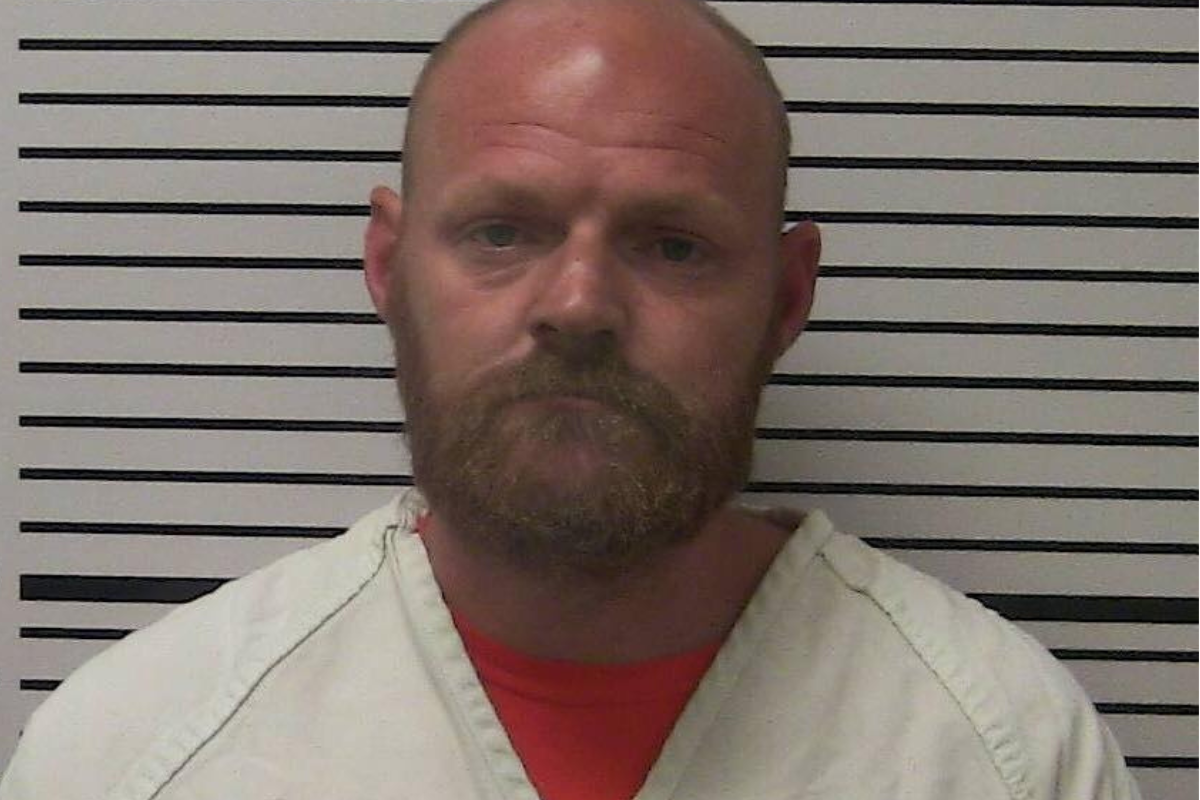



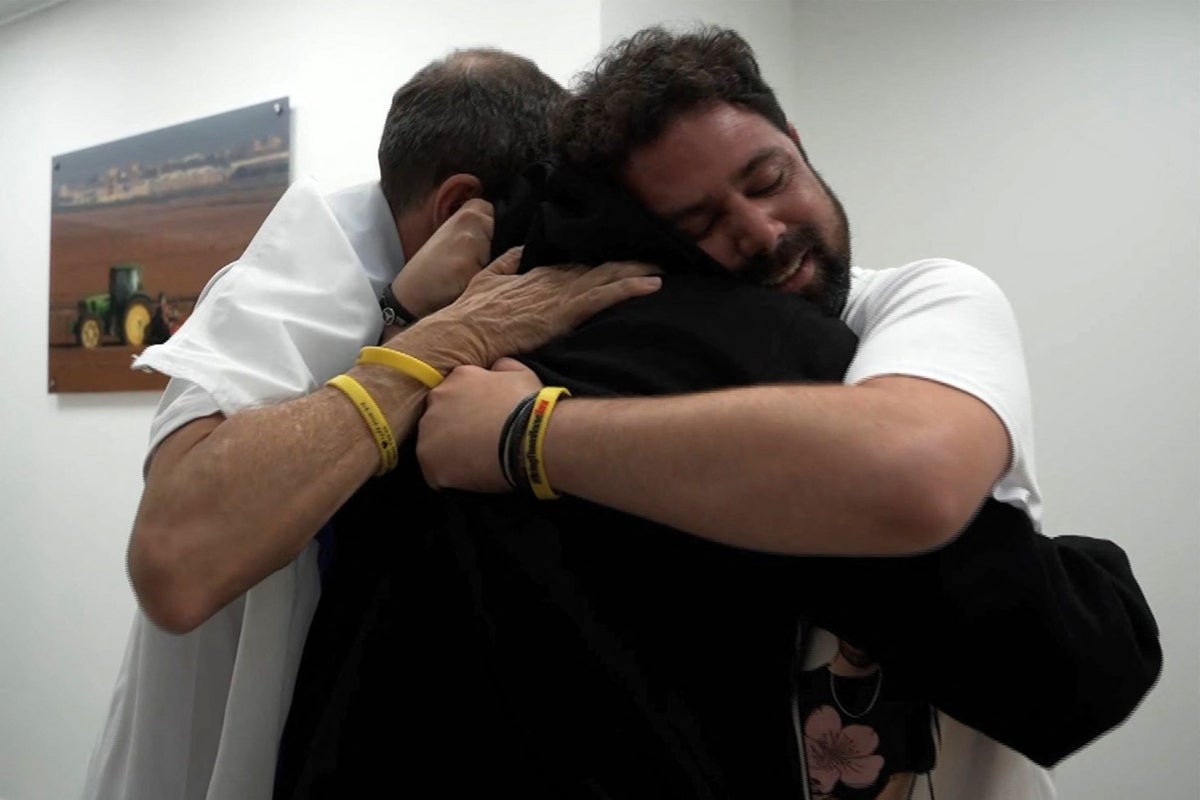

 English (US) ·
English (US) ·  French (CA) ·
French (CA) ·  French (FR) ·
French (FR) ·